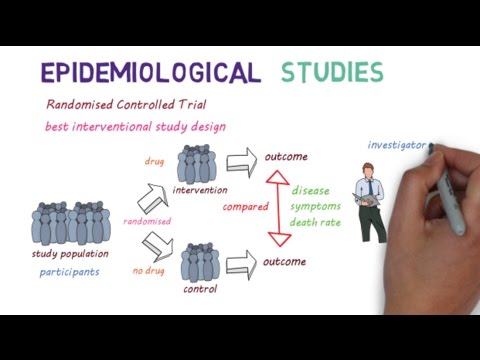
Understanding Medical Legal Problems: A Comprehensive Overview
Dear Reader,
Welcome to this informative article on understanding medical legal problems. In the following text, we will explore the fascinating intersection of medicine and the law, shedding light on various concepts and issues that arise within this realm. It is important to note that while this article aims to provide a comprehensive overview, it should not replace professional legal advice. Always consult multiple sources and seek guidance from legal professionals to ensure accurate and up-to-date information.
📋 Content in this article
Now, let us delve into the intricate world where medicine and law intertwine, where complex issues arise and where lives can be profoundly impacted. In order to fully comprehend the subject, we must first understand the fundamental principles that govern medical legal problems.
Understanding the Four Elements of Medical Negligence in US Law
Understanding the Four Elements of Medical Negligence in US Law
Medical negligence is a serious matter that can have significant consequences on the lives of individuals and their families. In the United States, the legal system has established certain elements that must be proven in order to establish a claim of medical negligence. These elements serve as the foundation for understanding medical legal problems and seeking compensation for injuries caused by medical malpractice.
1. Duty of Care: The first element of medical negligence is establishing the existence of a duty of care. In the context of healthcare, this refers to the legal obligation of healthcare professionals to provide a certain standard of care to their patients. It means that doctors, nurses, and other healthcare providers have a duty to treat their patients with the level of skill, knowledge, and care that is expected within their profession.
2. Breach of Duty: The second element involves proving that the healthcare professional breached their duty of care. This means that they failed to provide the standard of care expected of them, either through an act or omission. To establish a breach of duty, it is necessary to demonstrate that a reasonably competent healthcare professional in the same situation would have acted differently.
3. Causation: The third element requires showing that the breach of duty directly caused harm or injury to the patient. This means that the negligent actions or omissions of the healthcare professional were a substantial factor in causing the harm suffered by the patient. It is essential to establish a clear link between the breach of duty and the resulting harm.
4. Damages: The final element involves proving that the patient suffered actual damages as a result of the healthcare professional’s negligence. Damages can include physical pain, emotional distress, medical expenses, loss of income, and other losses suffered by the patient.
Understanding Risk Management Strategies in Medical Practice: Safeguarding Against Lawsuits
Understanding Risk Management Strategies in Medical Practice: Safeguarding Against Lawsuits
In the complex world of medical practice, understanding and effectively implementing risk management strategies is crucial to safeguarding against potential lawsuits. Medical professionals face a range of legal challenges, including malpractice claims, patient negligence allegations, and medical record mismanagement. It is therefore essential for healthcare providers to have a comprehensive understanding of risk management in order to protect themselves and their practice.
Here are some key points to help you understand risk management strategies in medical practice:
Title: Understanding Medical Legal Problems: A Comprehensive Overview
Introduction:
In today’s complex world, the intersection of medicine and law has become increasingly important. Medical legal problems encompass a vast array of issues that arise at the crossroads of healthcare and legal systems. As advancements in medical technology and healthcare practices continue to evolve, it is crucial for individuals to stay current on this topic. This article aims to provide a comprehensive overview of medical legal problems, emphasizing the importance of staying informed and encouraging readers to verify and cross-reference the information presented.
1. Medical Malpractice:
Medical malpractice refers to the negligence or improper treatment by healthcare professionals that results in harm to a patient. Understanding the legal elements of medical malpractice, such as the duty of care, breach of duty, causation, and damages, is essential in evaluating potential claims. Staying up-to-date with the latest case law and statutory changes can help individuals navigate this complex area.
2. Informed Consent:
Informed consent is a fundamental right of patients to receive complete and accurate information about their medical treatment options, risks, and alternatives. The legal requirements surrounding informed consent vary by state, making it crucial for individuals to be aware of their jurisdiction’s specific standards. Regularly reviewing court decisions and professional guidelines can assist in understanding the evolving nature of informed consent law.
3. Health Privacy and Confidentiality:
Health privacy and confidentiality are vital issues in the digital age. The Health Insurance Portability and Accountability Act (HIPAA) sets forth rules and regulations to protect patients’ personal health information. Staying informed about HIPAA requirements, as well as any new legislation or regulatory changes, is essential for healthcare providers, patients, and other stakeholders to safeguard sensitive medical data.
4. End-of-Life Decision Making:
End-of-life decision making involves intricate legal and ethical considerations. Understanding advance directives, living wills, durable power of attorney for healthcare, and do-not-resuscitate orders is crucial for individuals to make informed choices regarding their medical treatment preferences.
